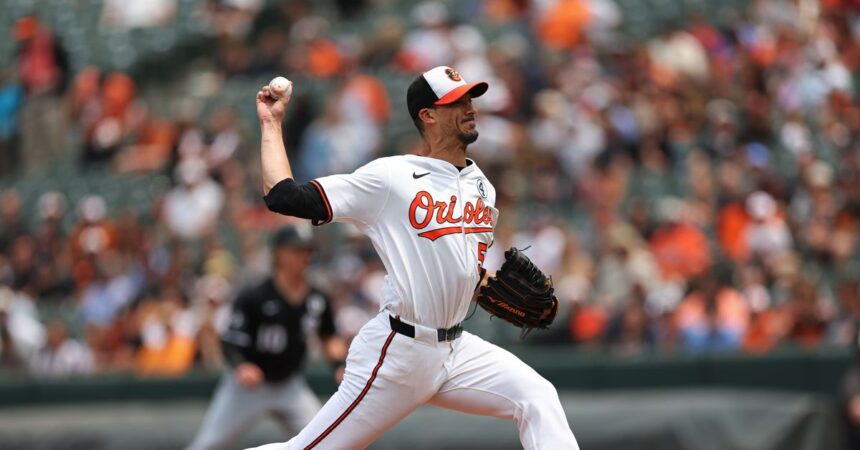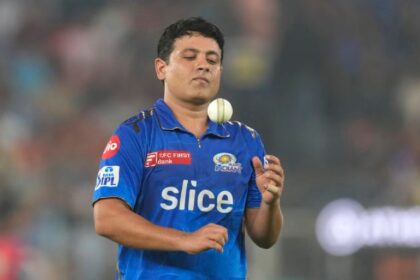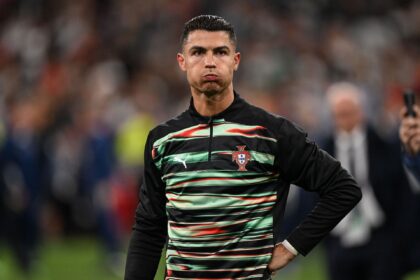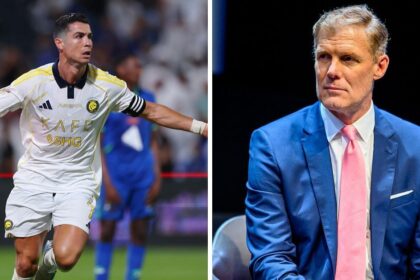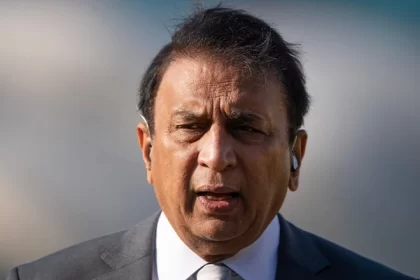This past Sunday, two unlikely events occurred across the MLB landscape, separated by about 2,000 miles. At around 3:30pm ET, Charlie Morton left the mound at Camden Yards to a standing ovation after completing his second consecutive quality start. Roughly two hours later in Phoenix, AZ, Corbin Burnes left the mound in Chase Field after suffering what appeared to be a significant arm injury.
Burnes and Morton are linked not just because they both wore an Orioles uniform in the last 12 months, but because Morton is part of a tandem of pitchers seen as the cost-cutting, “keep our long-term options open” and (perhaps) misguided attempt at replacing the Orioles’ former ace.
Now, as Morton begins to join Tomoyuki Sugano in the “getting what we paid for” category of pitchers, people are daring to ask a question that was unfathomable a month ago: Did Mike Elias have a point?
Elias and the rest of the front office have been much maligned throughout the Orioles’ incredibly rough start to the season, mostly for how they approached filling the hole left by their departing All-Star pitcher. When Morton and Sugano were brought in on one-year deals to add depth and veteran moxie, the majority of Birdland questioned whether their combined 29 years of professional experience could paper over the Orioles’ lack of an established ace.
Initially, the front office’s approach to the starting rotation seemed more wayward than a 50 Cent first pitch. While the Sugano signing paid near immediate dividends, Morton’s early-season struggles (and he really struggled) became an anchor around the GM’s neck. The 41-year-old’s struggles highlighted the volatility inherent to pitching in the big leagues—and the reason Elias seems hesitant to dole out big pitching contracts. But also made that reluctance seem extra foolish when the alternative to those risky contracts was employing the statistically worst pitcher in MLB.
Recent events seemed to have tipped the scale back in Elias & Co.’s favor, at least slightly. Over the last 14 days, Baltimore’s starting pitchers have the seventh-best ERA of any rotation in baseball. With Morton seemingly having turned a corner, Zach Eflin back healthy and Dean Kremer putting his awful April in his rearview mirror, the O’s have the makings of a rotation capable of pulling them out of their early-season hole.
However, if you truly want to say that Elias had a point in taking a cautious approach to building this, it has to come with some caveats. Yes, it’s true that there is no one way to build a successful rotation. The Mets have the best ERA in baseball and built their rotation on paying free agents like Kodai Senga and Clay Holmes while also getting lucky on low-cost veterans like Griffin Canning. The Royals have the best ERA in the AL and have built their rotation around homegrown stars Cole Ragans and Kris Bubic while supplementing with veteran reclamation projects in Michael Wacha and Seth Lugo.
While I’m sure it’s nice to be the Dodgers and Yankees and spend $100M+ on your starting rotation, most teams are forced to build their rotation with a heavy mix of homegrown players and veterans they think they can get the most out of. In adding Morton and Sugano to the likes of Eflin, Rodriguez and Kremer, Elias was trying to follow the team-building strategy that is echoed by other organizations throughout MLB.
It’s also true that signing pitchers to big contracts—like the ones handed out to Burnes, Max Fried, Blake Snell and others—come with significant risk. Burnes seems to be headed for a lengthy stint on the IL. Snell has been on the IL since early April with a left shoulder problem. Sean Manaea has yet to pitch for the Mets after signing for $25M/year this last offseason. Nathan Eovaldi resigned with the Rangers for the same money as Manaea and just landed on the IL with an elbow injury.
And yet, even if the measured moves for Morton and Sugano look slightly more defensible with hindsight, there’s still the “lack of a real plan” feeling hovering over this rotation. As it stands, Eflin, Sugano and Morton will all be free agents after this year. Given that we’ve yet to see this front office extend or resign anyone, it’s likely all three will either be traded by July 31st or hit the open market come November.
This means that once again, the Orioles will be forced to make up for roster attrition before they can even start thinking about strengthening their team. If everyone is fully healthy, you can pencil in Bradish and Rodriguez atop next season’s rotation, and pencil in Kremer somewhere. Perhaps, in light of his surprising but promising 2025 debut in Boston a couple of weeks ago, Trevor Rogers can join Kremer at the bottom of the rotation.
That still leaves at least one rotation spot open long term, while also needing to replenish the depth Elias built—the same depth that’s allowed the Orioles to (somewhat) weather the rash of injuries this season. Simply resigning Sugano, or a pitcher of similar quality, to be the third starter will feel like another step backward as an organization.
This is an Orioles team that cannot afford to take a step backward anywhere, as they try to win while players like Gunnar Henderson, Adley Rutschman and Jackson Holliday are still relatively cheap (and on the team). Owner David Rubenstein has given Elias the green light to spend what it takes to produce a World Series-winning team. When your highest-paid players are Zach Eflin and Tyler O’Neill, there is obvious room to push the payroll envelope.
So yes, the additions of Morton and Sugano seem less ridiculous now. But they only remain that way if they’re part of a larger plan to stabilize and strengthen the Orioles’ rotation. Baseball is a sport where risk and failure are ingrained in everything a team does. Morton’s apparent turnaround and Sugano’s success probably buy Elias the GM equivalent of another at-bat. Let’s hope we’re not again left with the feeling that he kept the bat on his shoulder when it comes to the rotation.





